Frequently Asked Questions
General FAQ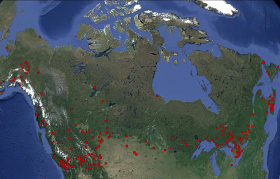
Canada and Alaska
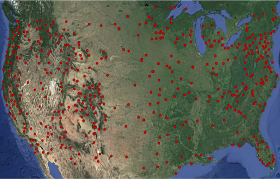
Contiguous US
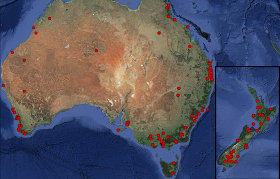
Australia and New Zealand
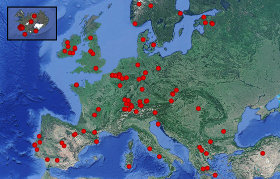
Europe
The chart below shows how long alkaline batteries (e.g., Energizer, EverReady) last for each TRAFx counter type.
| Counter type | Battery size | Battery life maximum | Battery costs per year |
|---|---|---|---|
| TRAFx Infrared Trail Counter | AA | 8-10 years | less than $1/year |
| TRAFx Vehicle Counter | C | 1.2 years | $3/year |
|
TRAFx Off-Highway Vehicle Counter/ TRAFx Mountain Bike Counter |
C | 9 months | $5/year |
Note: Battery brand and temperature influence battery life. Expect shorter battery life in colder climates.
Each TRAFx counter has three data options:
- 14 000 hourly totals (equals 1.6 years data storage capacity)
- maximum number of counts per each hour is 32,000
- maximum total counts = 14,000 hours x 32,000 = 448,000,000
- 14 000 days (equals 38 years data storage capacity)
- maximum number of counts per each day is 32,000
- maximum total counts = 14,000 days x 32,000 = 448,000,000
- 14 000 individual timestamps
- each timestamp shows year, month, day, hour, minute, second; Example 2012-12-03, 09:45:03
If you configure the counter to collect and store data as hourly or daily totals, it is extremely unlikely you will ever exceed the counter’s data storage capacity---and even if you do, you just download the stored data and make room for more.
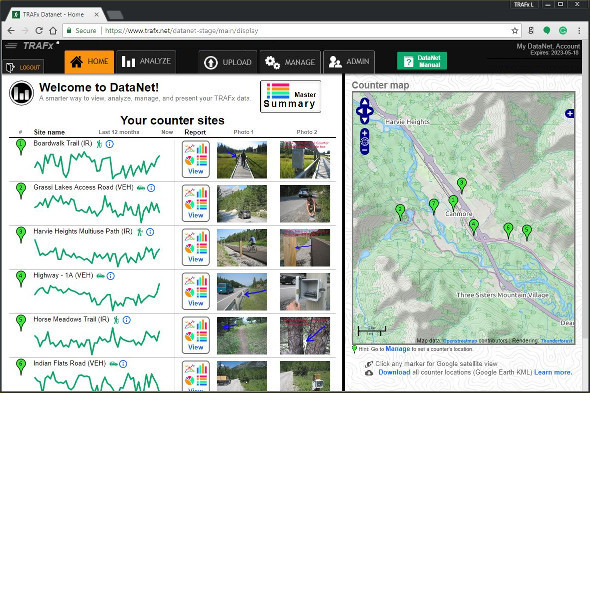
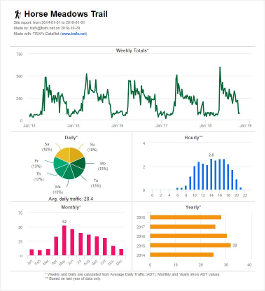
| Recommended for: | Not recommended for: |
|---|---|
|
|
TRAFx Infrared Counter FAQs
TRAFx Mountain Bike Counter FAQs
TRAFx OHV Counter FAQs